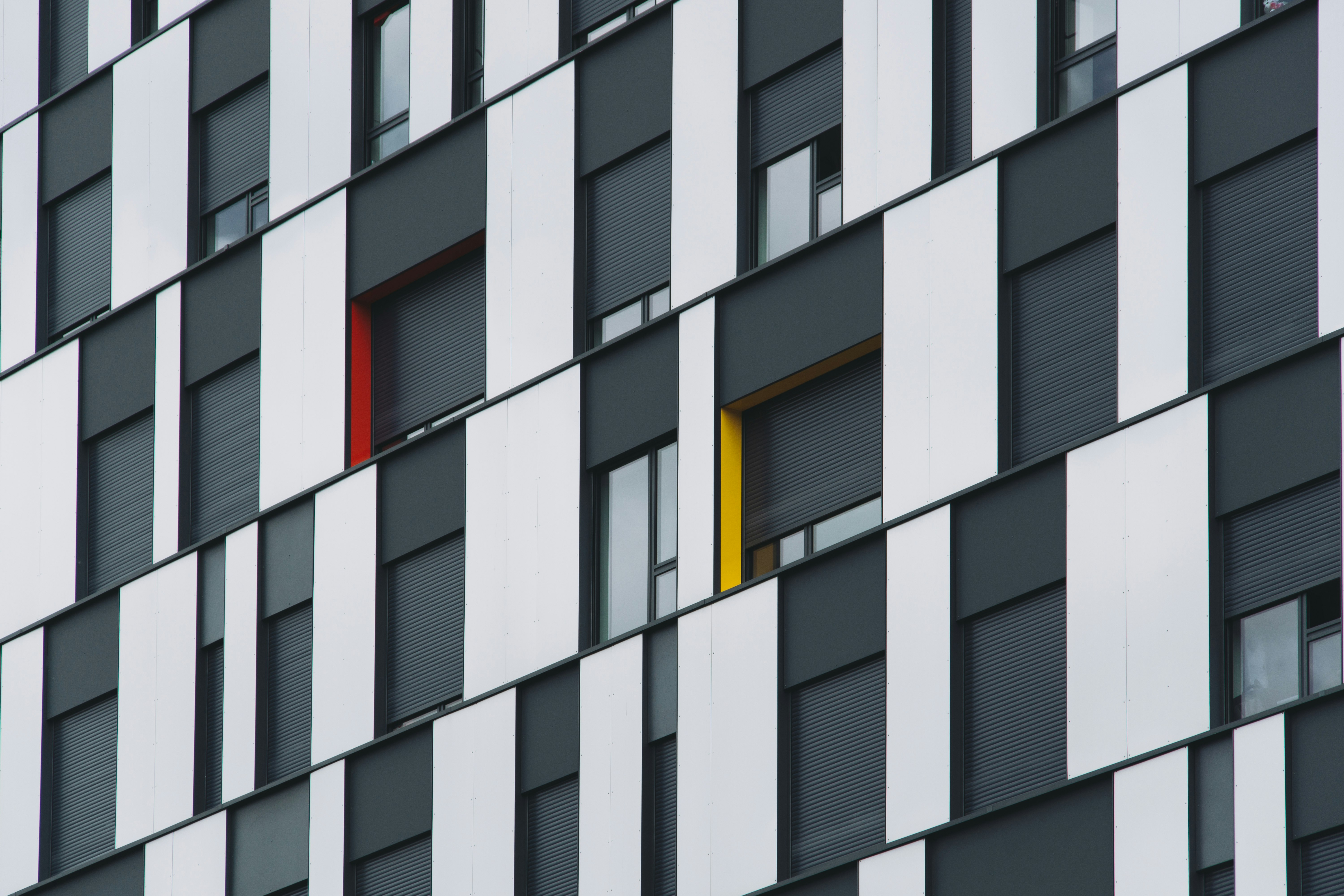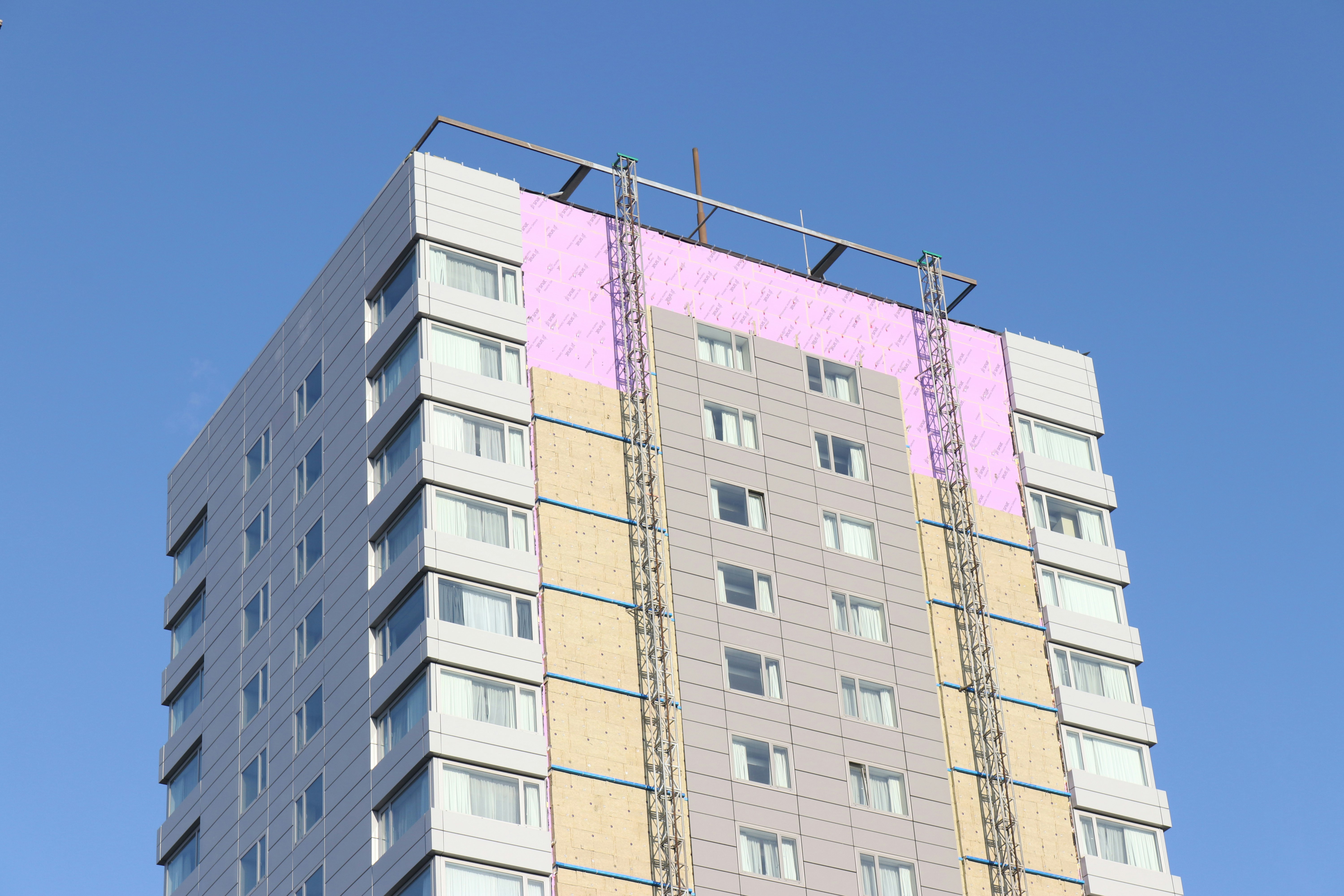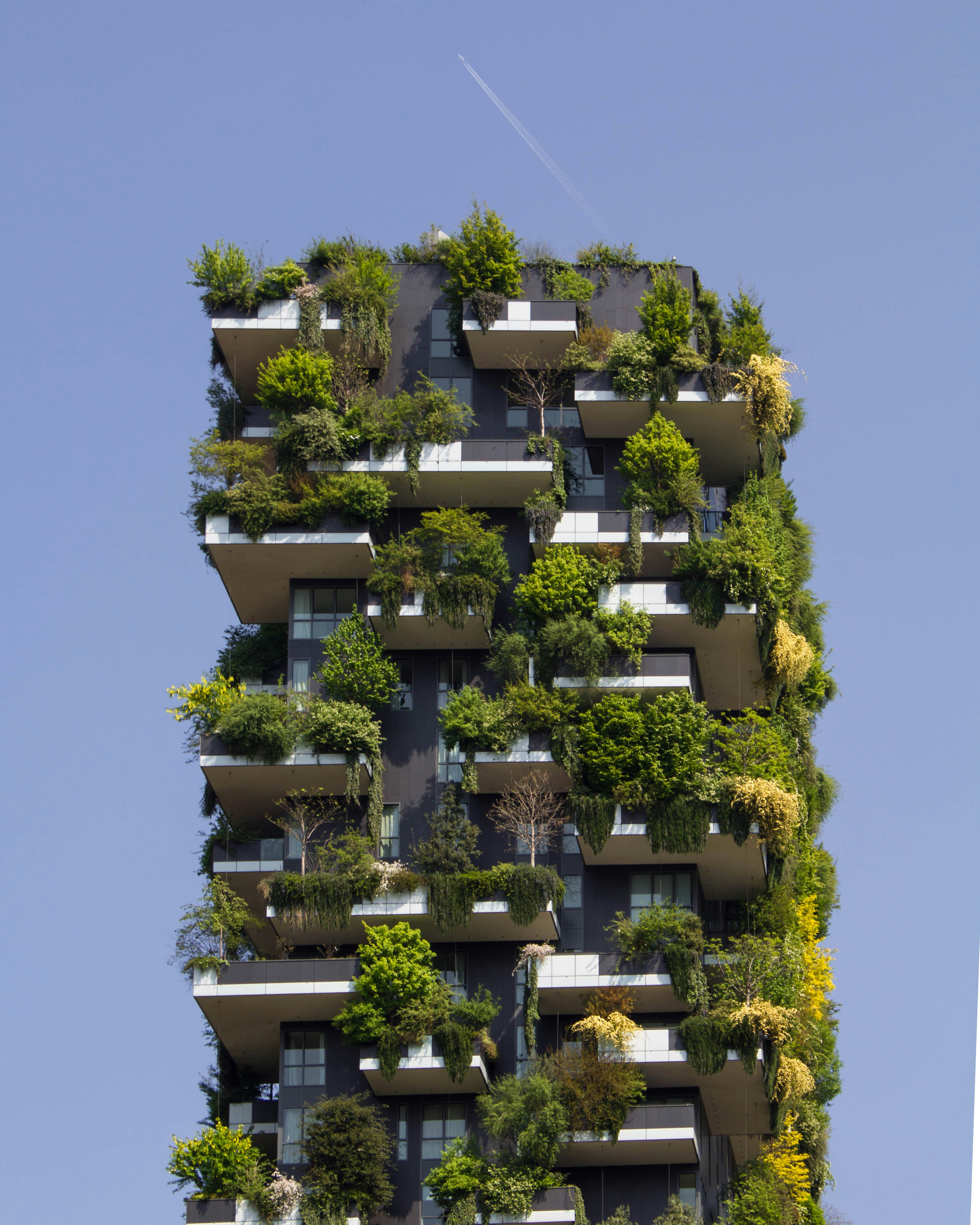Last week, the city of Houston went through the finishing touches that many past Super Bowl host cities have gone through before game day. Everything in sight of the Super Bowl LI Stadium left no detail too small to be touched-up:
- Streets were resurfaced
- Signage was updated with decorative signposts
- Lighting was added to bridges and walkways
- And sidewalks and corridors from the airport to the streets outside the stadium received updated landscaping.
The transformation that made Houston, the nation’s fourth largest city, attractive to the NFL goes back to 2004, when it placed—and lost—a bid to host the Summer Olympics. The light-rail system connecting to the stadium wasn’t enough to overcome the city’s lack of walkways and lack of an “attractive campus” and leisure district.
In total, downtown Houston underwent $175 million in upgrades to the convention district. As described in the Houston Business Journal, projects encompassed hotel and convention center upgrades, transportation system renovations, and beautification projects.
Older hotels have undergone lobby and room remodels, the exhibition concourse at the convention center received an update, and new transit centers were established. The Marriott Marqis, a 1,000 room hotel with six restaurants was resurrected with 100,000 square feet of meeting space and a 60,000 square foot terrace on the sixth floor boasting a Texas shaped lazy river and lap pool.
Additional projects included updates to nearby parks, recreation areas, and culture and entertainment venues. In addition to the projects that put construction firms and hard hats to work, the technology infrastructure is dramatically different, event from the last time Houston hosted the Super Bowl in 2004.
A dozen NRG Go stations have been installed across facilities, each with 120 portable power charges available for free on game day. Small cell technology has been installed to improve connectivity throughout the area and ensure thousands can share their Super Bowl experience without delay. The impact of Super Bowl 51 on Houston’s construction industry and overall economic development remains to be seen.
But the international attention it brings to the city is bound to pay off big dividends for years to come in the form of future events that help maintain or create jobs that are necessary to keep these high-end venues operational.
Additional Sources












